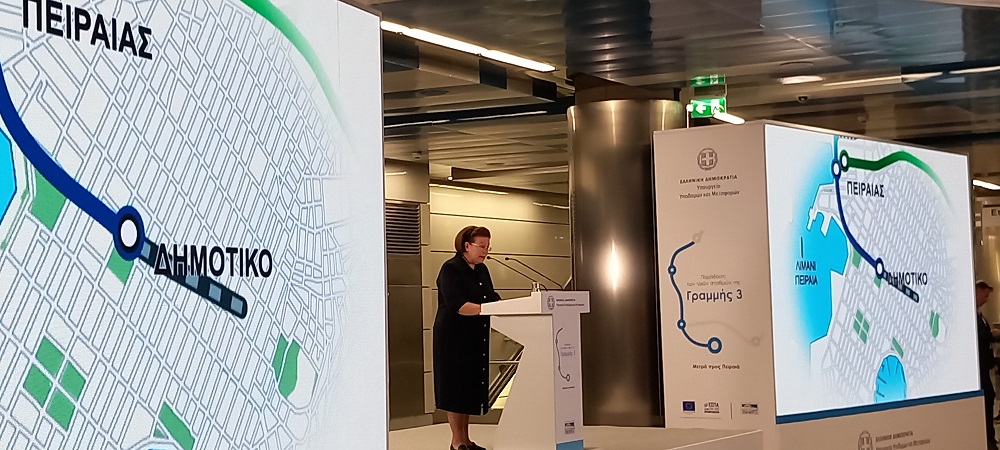
The permanent exhibition highlighting the water supply system of the ancient city of Piraeus at the “Municipal Theatre” station was today presented to the citizens with the three stations of the Piraeus Metro, which were inaugurated by Prime Minister Kyriakos Mitsotakis. Minister of Culture and Sports Lina Mendoni spoke about the doctrine of the harmonious coexistence of archaeology and Metro, which has as its principle the respect for archaeological findings without these being an obstacle to the implementation of large-scale infrastructure projects.
During the excavation, the largest ever in the city of Piraeus, 150 structures related to ancient water systems, characteristic of the ancient city of Piraeus, were uncovered. These add to the more than 345 wells and 388 tanks already found in previous excavations in the city.
The total area archaeologically controlled by the Ephorate of Antiquities of Piraeus and Islands in 5 Stations and 7 Ventilation Shafts, approaches 30,000 square meters, while the rescue excavations were carried out on a total surface of 7,500 square meters.
In her speech the Minister of Culture and Sports Lina Mendoni, said: “Expressing all my colleagues at the Ministry of Culture, I would like to thank Kostas Karamanlis, George Karagiannis, Nikos Tachiaos, Nikos Kouretas and their colleagues for their excellent cooperation.
The long historical duration of Greek civilization -in time and space- has as a consequence that the activities of the modern era intersect with the material evidence of the past preserved in the subsoil.
The term ‘archaeological palimpsest’ is used to describe the superimposed layers of material remains of human activity, which has continued for centuries in the same areas, particularly in the urban fabric of our cities. Particularly in the case of large areas or the wide geographical distribution of public utility infrastructures, this encounter between the works of today and the tangible evidence of history becomes almost inevitable.
It is our constitutional obligation and institutional duty to ensure the conditions and take the appropriate measures to ensure that the needs of modern man’s living, development and progress coexist with the valuable – for the development and well-being of society – capital of cultural heritage. Cultural heritage is the most vivid illustration of the evolutionary progress of a people and a place. It creates high added value. It does not undermine the development potential of our country. It is a comparative advantage and a multiplier of our economic and social progress.
A technical project, the Metro in this case, is the cause of the largest excavation survey – and indeed in a standard way and with innovative methods – ever carried out in the city of Piraeus.
The total area, which was archaeologically inspected by the Ephorate of Antiquities of Piraeus and Islands in 5 Stations and 7 Ventilation Shafts, approaches 30,000 sq.m., while rescue excavations were carried out on a total area of 7,500 sq.m. All excavation works were carried out under permanent archaeological supervision, as well as the opening of the 7.6 km of the tunnel through which the trains pass from the TBM.
During these excavations 150 structures related to ancient water systems, characteristic of the ancient city of Piraeus, were uncovered. These add to the more than 345 wells and 388 reservoirs found in earlier excavations in the city.
In accordance with the provisions of the archaeological law, the Ministry of Culture has asked Attiko Metro to create a permanent exhibition on the water supply system of the ancient city of Piraeus at the “Municipal Theatre” station. The challenge was a particular one for the Ephorate of Antiquities, as the museum exhibition had to be integrated into a busy and bustling area.
The central idea was the starting point for the composition of the museological concept: “The connection between water management and the historical and social development of the city of Piraeus from Classical times to Late Antiquity”.
The station, as well as the city centre of Piraeus, is adorned with an archaeological exhibition, which can serve as a starting point for the interconnection – through cultural routes – of the residential and fortification remains, visible in the open archaeological sites of the modern city, the Neosoikon and the Theatre of Zeus with the Archaeological Museum, creating a dynamic network of culture.
The exhibition, which, together with the Metro, is attributed to the city, contributes to the improvement of the quality of life of its inhabitants, especially today, when the economic, tourist and social success of cities is increasingly based on the ability to develop new points of cultural interest that highlight their potential.
Prime Minister,
At the beginning of the millennium, the way antiquities were managed in the context of the construction of the Athens Metropolitan Railway created an internationally accepted school of thought in the international scientific literature.
Today, true to the programmatic statements of your Government, we can unreservedly assert that the cooperation of the services of the Ministry of Culture with the Ministry of Infrastructure – and in this case with Attiko Metro – in all areas of work has proven that a well-designed policy can yield tangible results at many levels.
The Piraeus Metro project proves that the presence of antiquities and the research of the Archaeological Service, in the context of a major public utility project, is a major advantage for the city, rather than an obstacle to the smooth progress of the project. Archaeological research tells stories of the city’s timeless life, which can be creatively combined with the development perspective of any modern city.
The latter is demonstrated in the case of the Metropolitan Railway in Thessaloniki. The historical benefit of archaeological research throughout the project, particularly at Aghia Sophia and Venizelos stations with the discovery of, among other very important Roman and Byzantine remains of the settlement evidence of Thessaloniki of Kassandrou, is enormous.
At the end of 2023, you, Mr. Prime Minister, will be the one who will give to Thessaloniki, not only the Metropolitan Railway with five stations-museums, but also with the largest international archaeological site integrated in a major technical project, in the daily life of the city and the passengers of the Metro”.

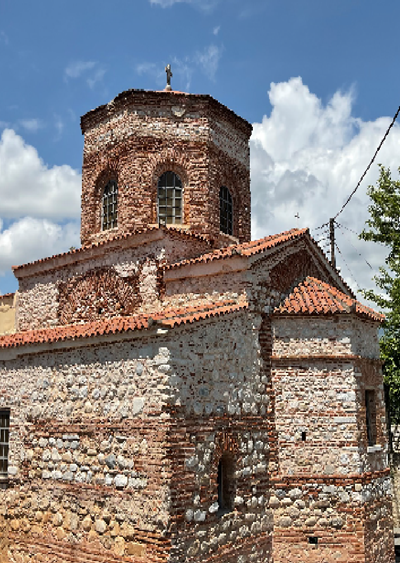
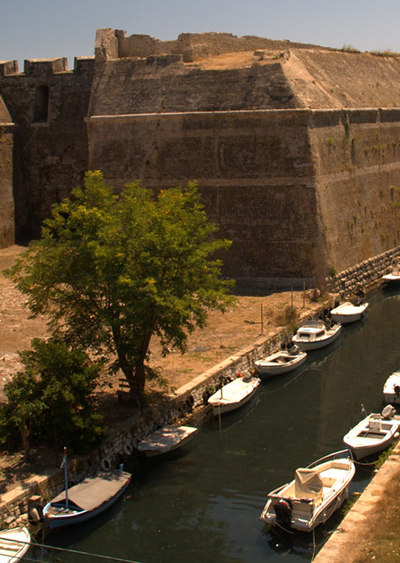
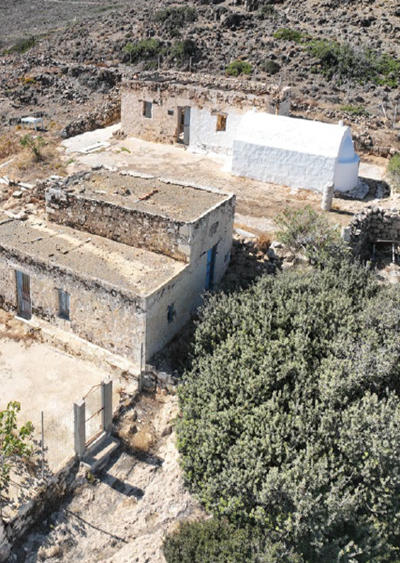
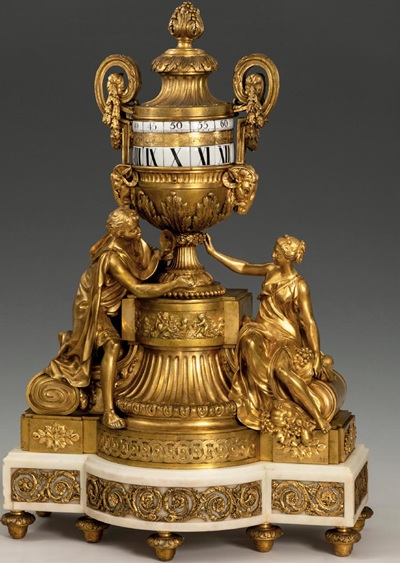


Leave A Comment